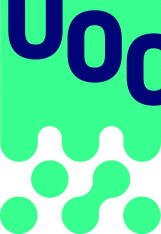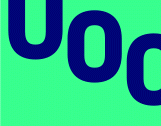
Photo by Laura Cuch
Some decades ago Science, Technology and Society (STS) scholars proposed that science and technology could be considered as ‘politics by other means’. Many years have gone by, and STS researchers are turning their attention towards proposals and experiences where science and technology are increasingly performed ‘by other means’ in a variety of exploratory activities. These include the articulation of collectives that do not fit with the traditional actors in science and technology, or who work in ways that problematize the established value systems involved in the production of knowledge and technologies, e.g. fostering the creation of open science, DIY design and commons‐based p2p projects, citizen science and maker communities, feminist and environmentalist technoscience projects, and many other platforms seeking to create alternatives to public/private technoscientific arrangements.
4S and EASST represent academics and researchers in the fields of science and technology studies, the social analysis of innovation and medicine and related areas of knowledge. It brings together a variety of disciplines and many of its members have qualifications in both natural science/engineering and social sciences and health sciences
The event was an opportunity to share reflections, ideas, findings and projects on a variety of aspects characterizing these alternative ways to do science and technology: (a) such as the fact that all of these transformations usually take place in blurred everyday spaces and not in those enclosed established spaces for science and technology development, such as laboratories or industrial R&D departments; (b) or, in a similar way, the fact that research and innovation processes are increasingly organised in networked, horizontal assemblages where the traditional hierarchies in science are put into question and where science and technology are being co‐produced by different actors in different, sometimes antagonistic, ways; (c) and, finally, the fact that traditional boundaries between the public and the private are no longer confined to state and for‐profit actors, care practices taking a preeminent presence in most of these everyday situations
The number of participants reached 2005, an absolute record for a conference dedicated to the field of Science, Technology and Society (STS), an emerging interdisciplinary field of the social sciences with a mere 50 years of history. In addition 1581 scientific papers were presented in 181 panels. In total 54 different countries were represented in the conference. Representation of Spain came in fifth place, with 96 representatives, just behind countries like the UK (343), the US (337), Germany (203) and Holland (145). In addition to contributing to the organization of the conference, another 17 UOC researchers participated as speakers.

